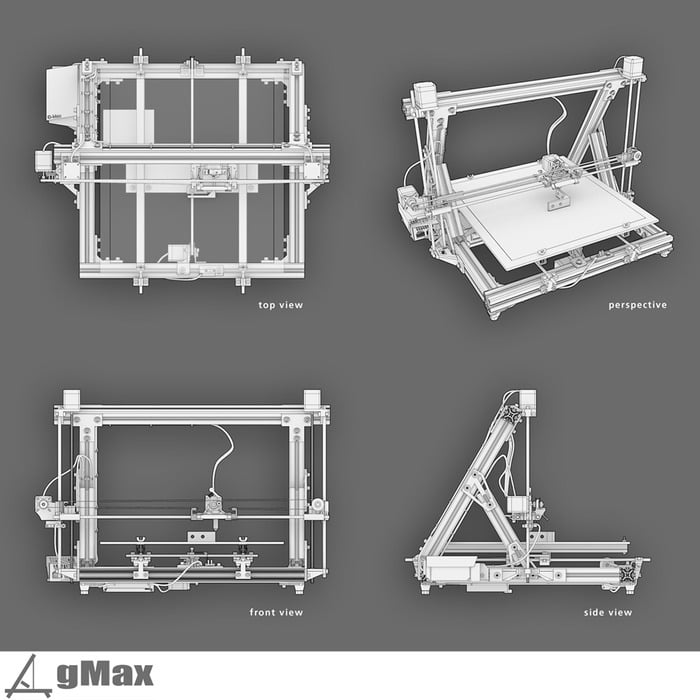
While an open source business approach is desired by many, there are certain existential threats that may result.
Open source is a very popular approach for software and more recently hardware. In fact, several 3D printer manufacturers use this business approach successfully.
The idea is that by making their product plans and processes public, they’ll gain the confidence of users, who value the transparency provided. The users will also have the ability to actually change something if it isn’t right for them, providing they have the technical know-how to do so.
In the best cases, the manufacturer’s community actively participates by making suggestions, or even developing new improvements that could eventually be incorporated into the manufacturer’s formal product design, which again would be released in open source form.
But there is a great danger for such companies should they grow large and popular.
Because their products are essentially available to anyone for purposes of experimentation, they are also available for others to use to manufacture competing products.
And if that product is of the same quality at a lower price, the original open source company could be in some difficulties.
Is it legal to do so? Certainly! The original company publicly disclosed the product details for anyone to use. Is it ethical? Some may say “definitely not”, but remember that the originating company did publicly disclose the information, making the scenario possible. It’s a huge risk for any 3D printer company hoping to capitalize on open source.
Some have been successful, like LulzBot and Ultimaker. Others, not so much. MakerBot, for example, began as a true open source company, but shifted to proprietary mode when two things happened:
They took on external investment from shareholders looking for profits
Asian manufacturers began producing clone machines from their open source plans at far lower cost
If MakerBot was to grow massively as they intended, they could not have low-cost competitors, and thus they had little choice but to shift to closed source or die.
This past week we published a story on the FORMBOT, a large-sized typical desktop 3D printer. However, as a commenter pointed out, it is in fact a clone of gCreate’s open source gMax series of 3D printers. According to the a public response by gCreate on Thingiverse:
Please know the FormBot is a clone of the gMax 3d printer built with cheaper parts. They have literally taken the free 3d files from gCreate, provided to the community, and used them in their printer without attribution.
It’s important to know that 3D printer companies using an open source approach aren’t really competing on equipment design; they cannot, because, literally, EVERYONE HAS THEIR DESIGN! No, instead they must compete based on service, quality, support, repair parts, training, brand and other non-technical business aspects.
It all demonstrates that decisions on buying a 3D printer go far, far beyond mere technical specifications. You have to consider ALL factors involved in your expected experience with the machine, immediately and long-term.
Here’s how it works: If you want to buy the gCreate/FORMBOT design, which company would you want to buy from? gCreate or FORMBOT? Think carefully.
Via gCreate and Thingiverse

